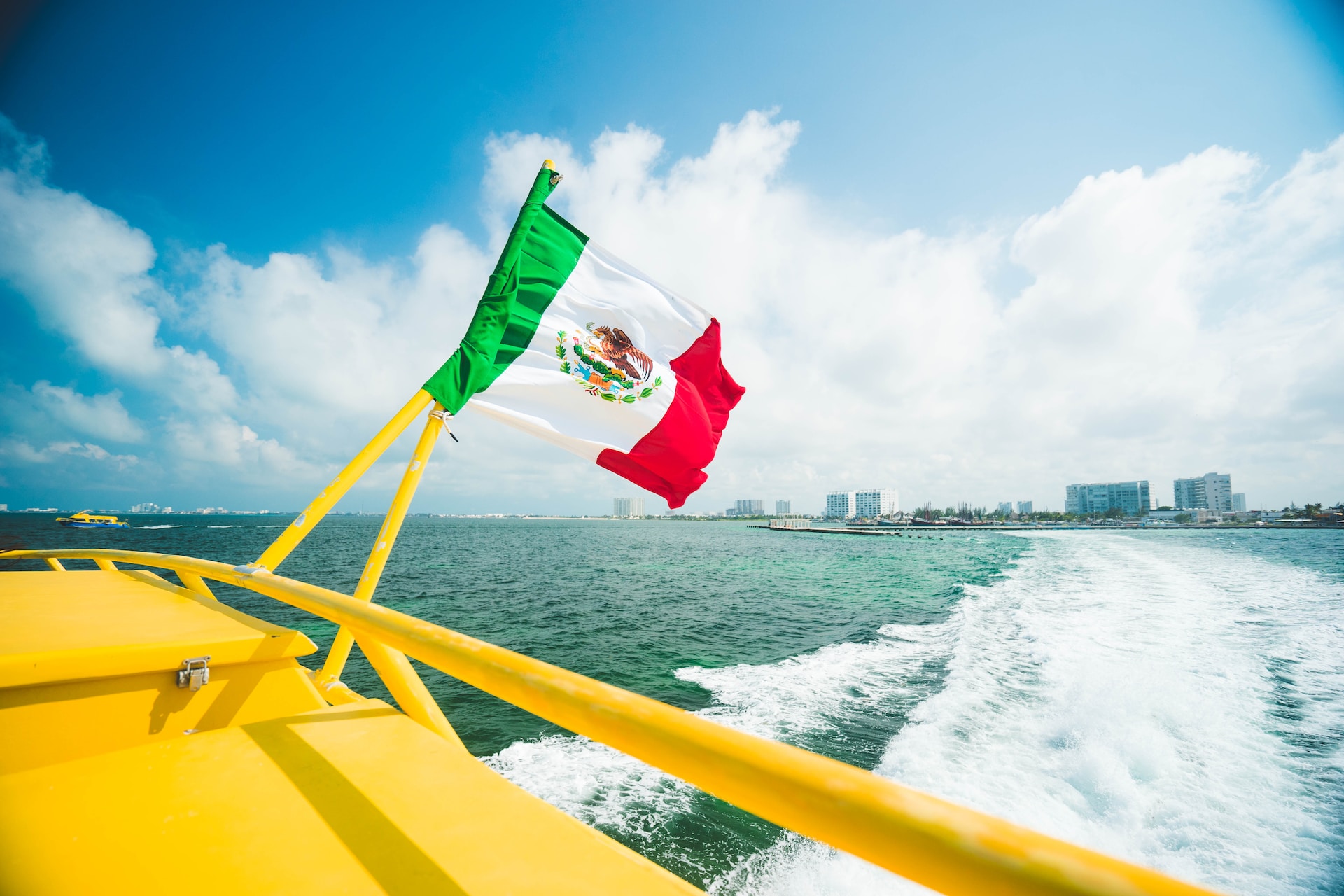World Tuna Day: Sustainability & the Fishing Industry
May 01, 2025 · 8 mins read ·
Maritime Industry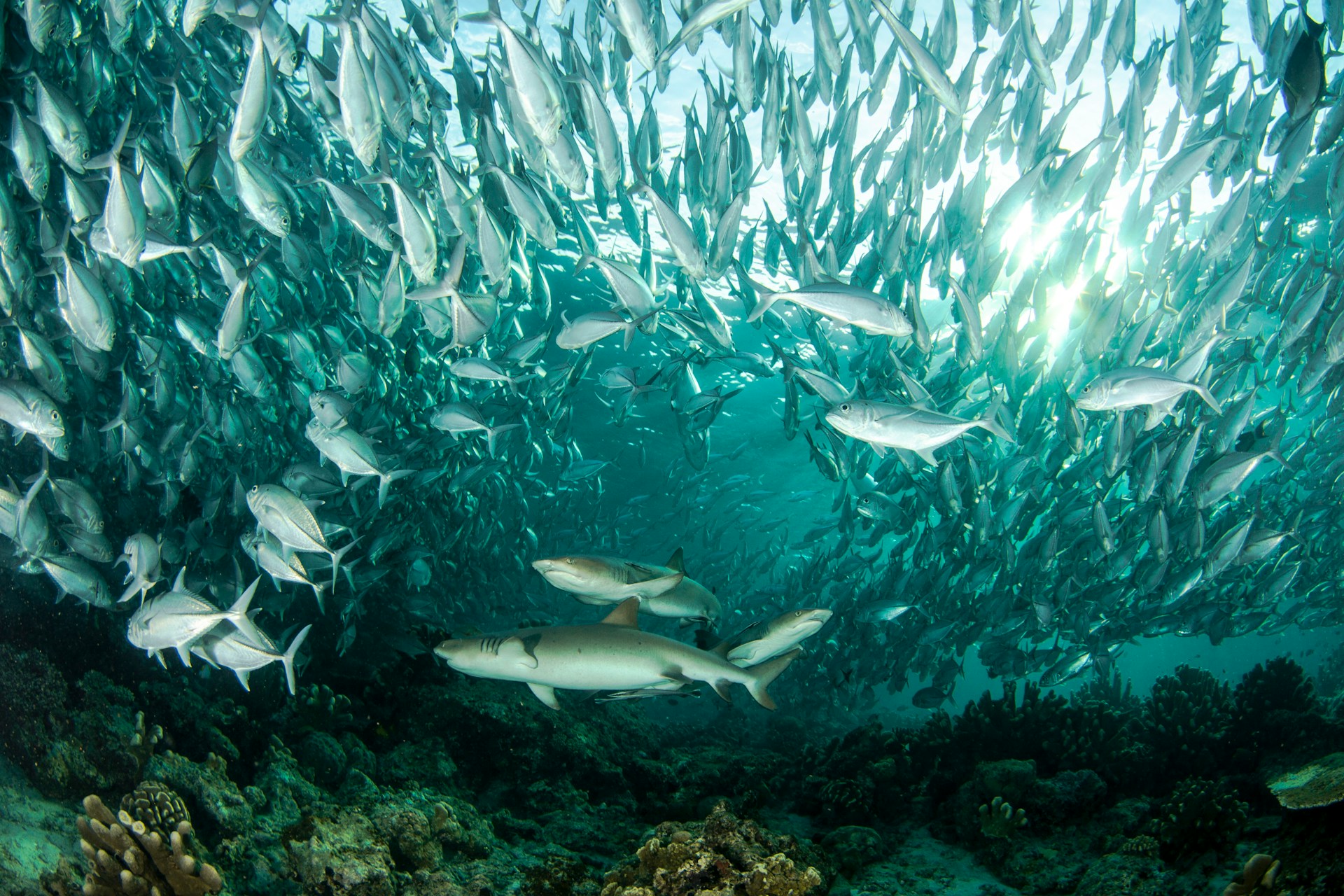
We thought we’d visit a slightly different topic for this week’s blog post: tuna. Yes, you read that correctly and before you click away , please bear with us and give us a chance to explain!
Just as various communities, people, industries and organizations across the globe celebrate observance days, ranging from World Maritime Day to the International Day of Women in Maritime and from The Day of the Seafarer to World Oceans Day, every year on May 2nd, the world comes together to celebrate World Tuna Day.
Read more:Coral Triangle Day: What Is It & How Can You Get Involved?
Well maybe that’s a slight exaggeration, but yes, the tuna fish gets its very own international day. Want to know why? Read on as we take a deep dive (pun intended) into tuna!
World Tuna Day is dedicated to raising awareness about the significance of tuna and promoting sustainable fishing practices. Tuna is one of the most valuable fish species in the world, playing a crucial role in global food security and the economy.
However, overfishing and unsustainable fishing practices threaten tuna populations, making this observance vital in highlighting the need for conservation efforts.
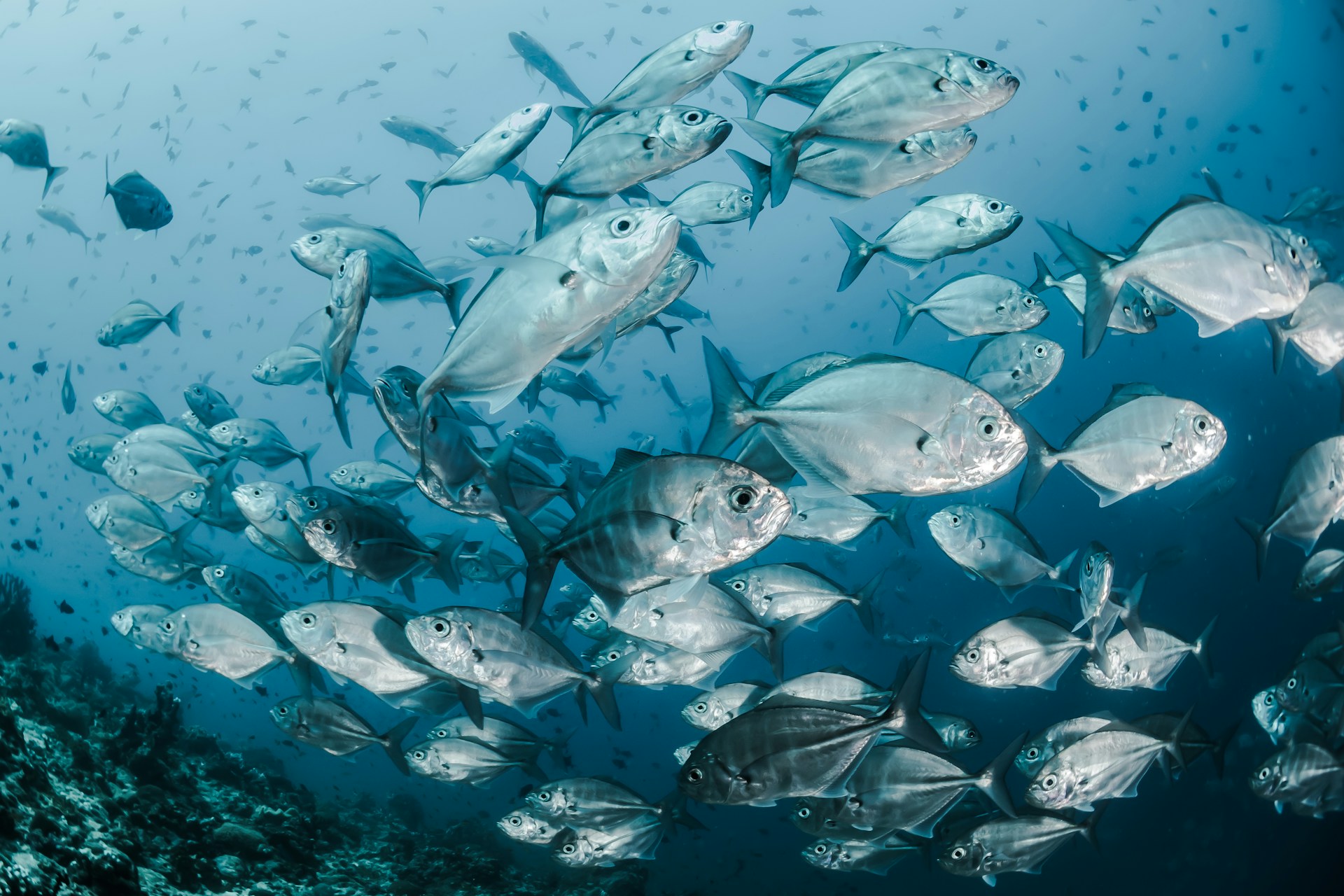
The importance of World Tuna Day
Established by the United Nations in 2016, World Tuna Day aims to emphasize the importance of sustainable tuna fishing and the role of tuna in supporting the livelihoods of millions of people. The demand for tuna is enormous, as it’s a staple in many cuisines and dishes worldwide, from sushi to the humble tuna melt sandwich.
Tuna stocks are under significant pressure due to excessive fishing. Some species, such as Bluefin tuna, have seen drastic population declines, raising concerns about their future.
Therefore, World Tuna Day serves as a reminder of the efforts needed to protect tuna populations through responsible fishing techniques, regulations, and conservation programs.
How tuna is caught: fishing methods and boats
Fishing for tuna requires specialized techniques and vessels. Several methods are used, each varying in efficiency and impact on marine ecosystems. Here are the primary ways tuna is caught:
1. Purse seining
Purse seine fishing is one of the most common methods for catching tuna. Large nets are deployed around a school of fish, then drawn together like a purse to capture the fish. This method is highly effective but requires careful monitoring to avoid bycatch, including dolphins and other marine species.
2. Longline fishing
Longlining involves setting out miles of fishing lines with thousands of baited hooks. This method is commonly used to catch larger species like Yellowfin and Bluefin tuna. While efficient, it can also lead to bycatch of sharks, seabirds, and other non-target species, making regulation crucial.
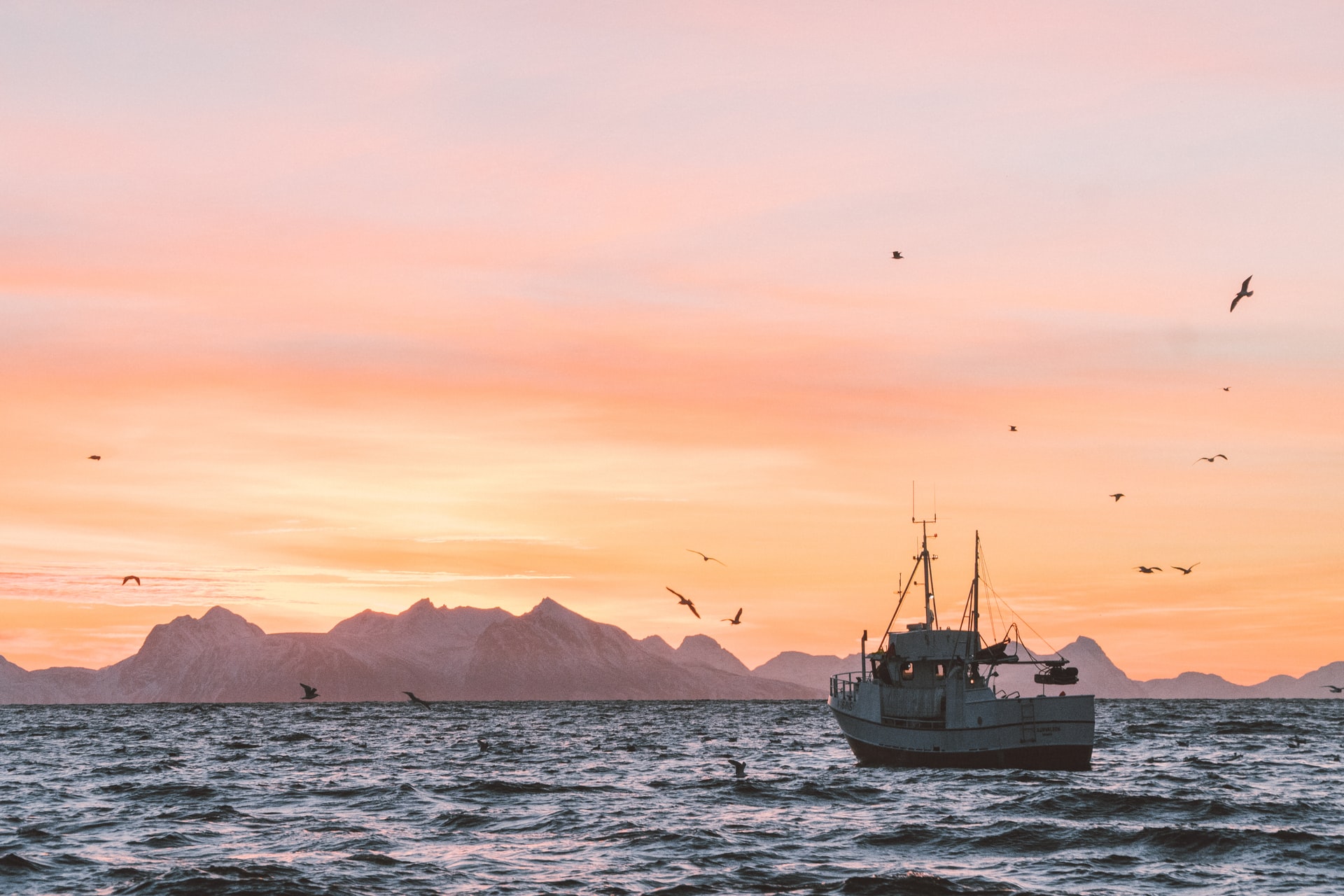
3. Pole and line fishing
This traditional method involves fishermen using poles with baited lines to catch tuna one at a time. It is a more sustainable fishing technique, reducing bycatch and environmental impact. Pole and line fishing is labor-intensive but preferred in certain regions due to its eco-friendliness.
4. Drift net fishing
Drift nets are large floating nets that capture tuna as they swim by. This method is heavily restricted or banned in many regions due to its destructive impact on marine biodiversity, as it captures many unintended species.
5. Trolling
Trolling involves dragging baited lines behind a moving boat. This method is commonly used for catching Albacore and Skipjack tuna, often with minimal bycatch.
Types of tuna fishing vessels
Different types of fishing boats are used for catching tuna, depending on the fishing method and target species:
- Purse seiners – Large vessels equipped with massive nets used to encircle schools of tuna.
- Longliners – Designed for deep-sea fishing with long fishing lines extending over vast areas.
- Tuna trawlers – These vessels drag nets through the water, often catching large amounts of tuna.
- Pole-and-line boats – Smaller boats that rely on manpower and simple tools for selective tuna fishing.
- Factory ships – Larger vessels that process and freeze tuna immediately after capture to maintain freshness.
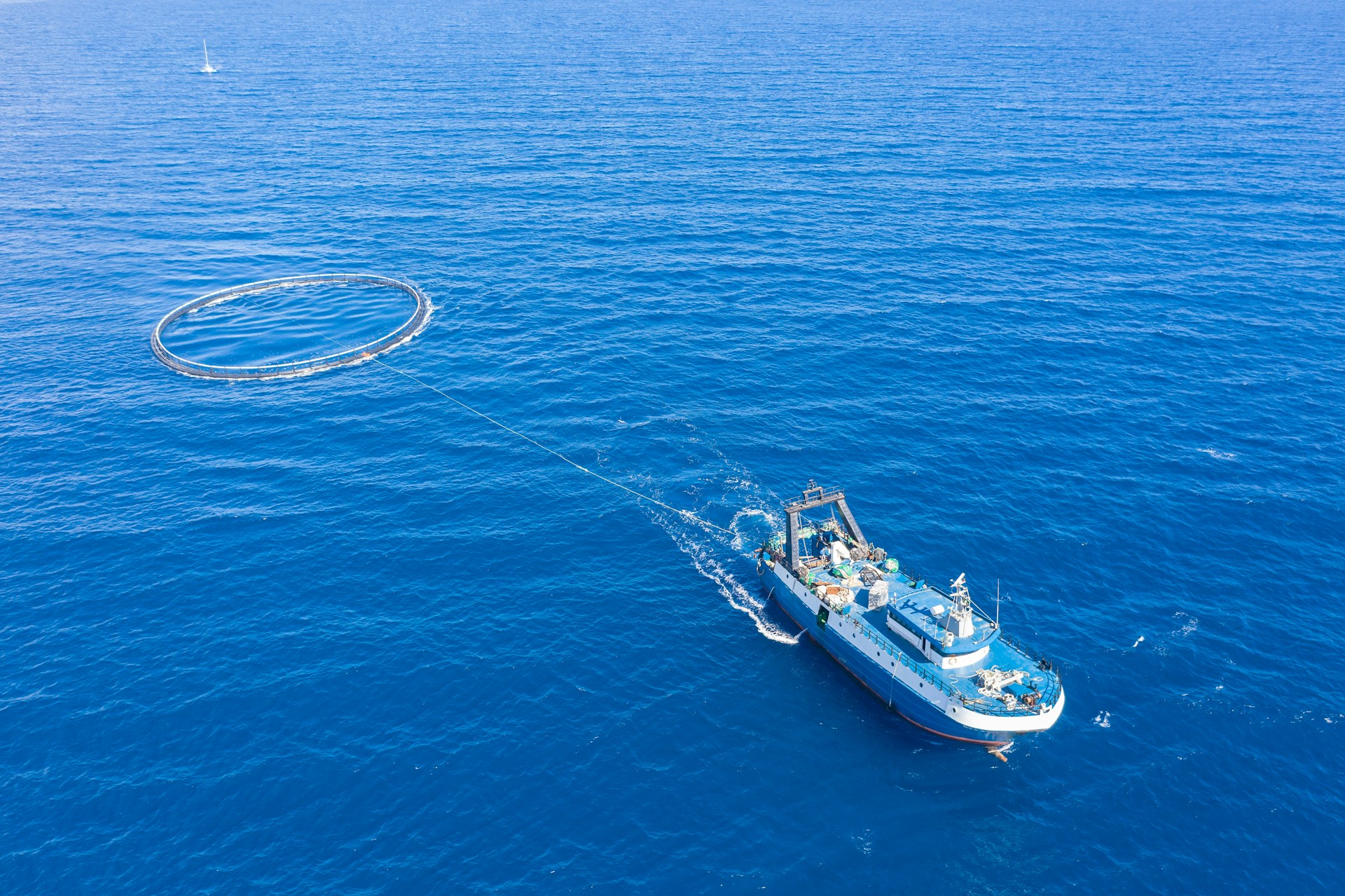
Life as a fisherman on a tuna vessel
Working on a tuna fishing vessel is physically demanding and requires endurance, skill, and resilience. Fishermen spend weeks or months at sea, facing harsh weather conditions, long hours, and physically strenuous labor. Here’s what life is like for those who work on commercial tuna boats:
Daily routine
Fishermen typically work long shifts, often exceeding 12 to 16 hours a day. The work involves setting and retrieving heavy nets or lines, handling large fish, and processing the catch immediately to ensure freshness.
Challenges at sea
Anyone working in a seafarer job or other maritime job at sea is well aware of the challenges, issues and perils associated with working at sea. These can, and do, include:
- Unpredictable weather: Rough seas and storms make fishing dangerous and can cause sea sickness.
- Physical labor: Pulling nets, handling fish, and maintaining equipment is exhausting.
- Isolation: Being away from family for long periods can take an emotional toll.
- Safety concerns: The risk of injury is high due to slippery decks, heavy equipment, and the unpredictability of the ocean.
Read more: 5 Ways to Beat Homesickness While You're Working at Sea
Rewards of the job
Despite the challenges, many fishermen take pride in their work. Fishing provides good financial rewards, adventure, and a deep connection to the sea. For many, it is a way of life passed down through generations.
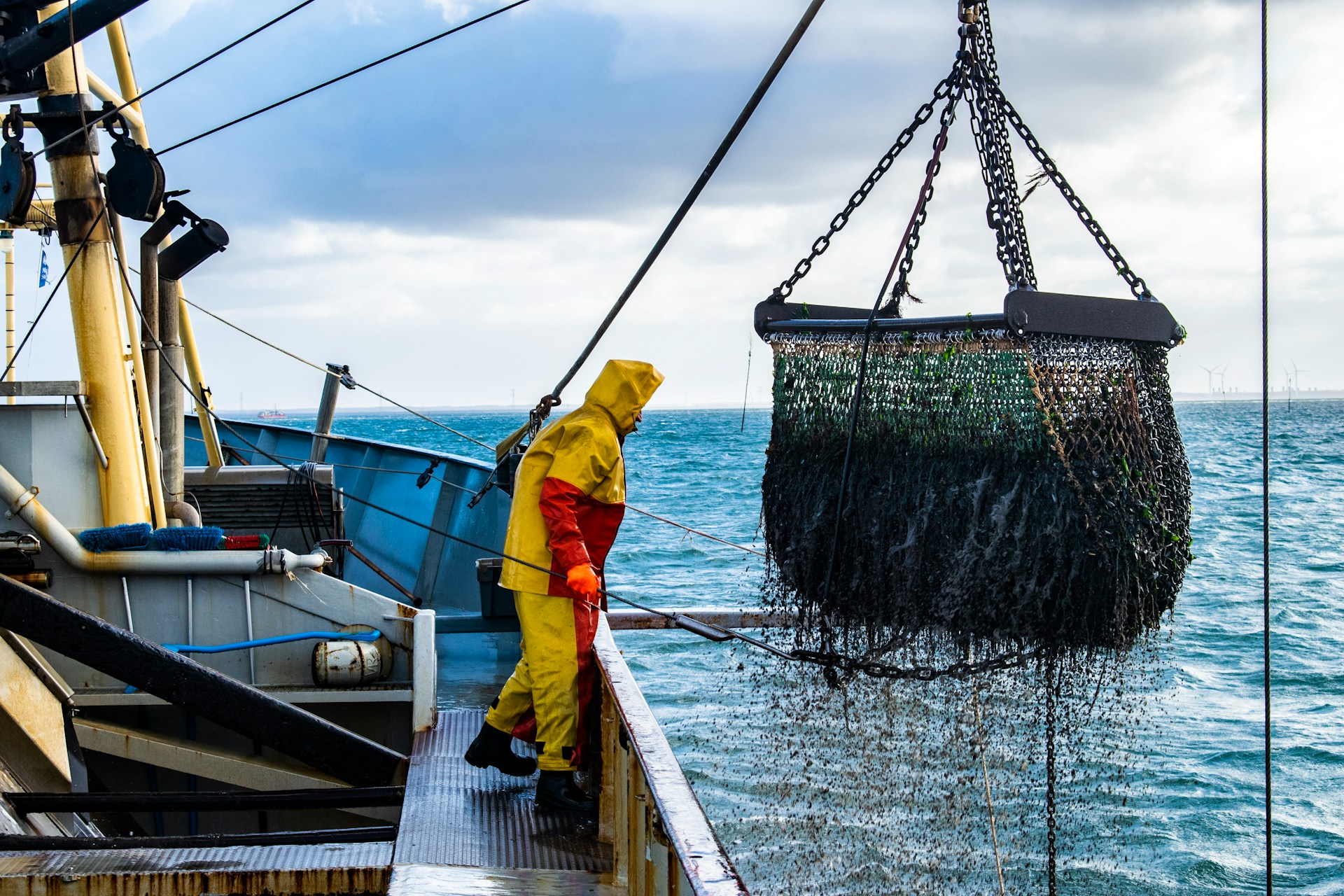
The future of sustainable tuna fishing
To ensure that tuna remains a viable resource for future generations, sustainable fishing practices are crucial. Organizations like the Marine Stewardship Council (MSC) and the International Seafood Sustainability Foundation (ISSF) work to promote responsible tuna fishing.
Steps towards sustainability
- Enforcing quotas: Limits on tuna catches help prevent overfishing.
- Reducing bycatch: Improved fishing gear and techniques reduce harm to non-target species.
- Marine protected areas: Some regions are closed to fishing to allow tuna populations to recover.
- Consumer awareness: Choosing sustainably sourced tuna encourages responsible fishing.
World Tuna Day: Final thoughts
World Tuna Day is more than just a celebration of the fish that ends up in our salads, sandwiches and sushi - it’s a call to action to protect one of the ocean’s most valuable species.
By understanding how tuna is caught, appreciating the dedication of fishermen, and supporting sustainable seafood choices, we can all contribute to preserving tuna populations for the future.
And whether you’re a tuna fan or not, we can all make a little more effort to commit to making responsible choices that ensure all different types of food remain part of our global diet while safeguarding our terrestrial and marine ecosystems. After all, every action counts in the fight for sustainable fishing and farming.

Eve Church
Eve is Martide's content writer, publishing regular posts on everything from our maritime recruitment and crew planning software to life at sea. Eve has been writing professionally for more than two decades, crafting everything from SEO-focused blog posts and website landing pages to magazine articles and corporate whitepapers.
UK

is the only site for maritime jobs


